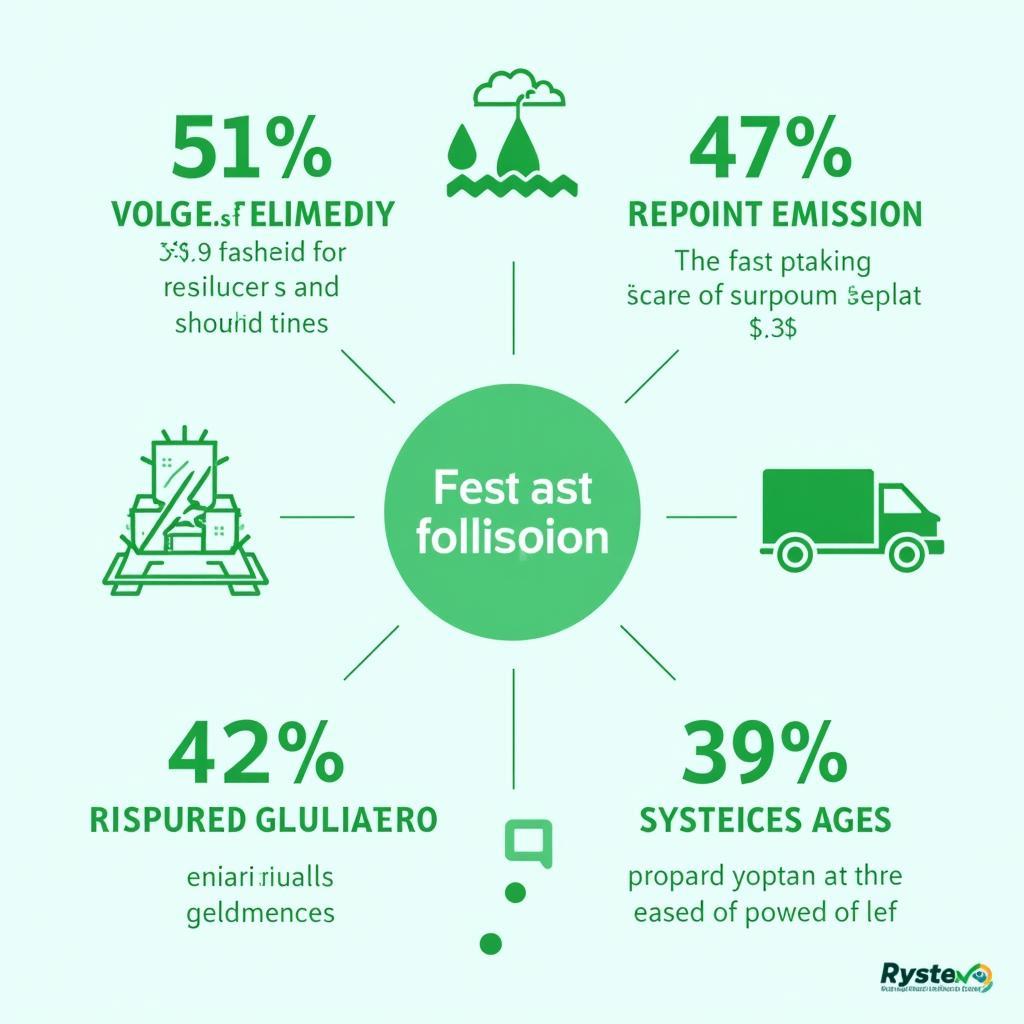Fast Pet-ase is a modified enzyme with the remarkable ability to break down polyethylene terephthalate (PET), a common type of plastic, at significantly faster rates than previously known methods. This groundbreaking discovery has ignited hope for a future where plastic pollution can be effectively tackled, offering a more sustainable approach to plastic waste management.
Understanding the Problem: The Persistence of PET Plastic
PET plastic, ubiquitous in our daily lives from single-use water bottles to clothing fibers, poses a significant environmental challenge due to its slow decomposition rate. Traditional methods for dealing with PET waste, such as landfilling and incineration, have proven to be unsustainable, contributing to pollution and greenhouse gas emissions.
The persistence of PET in the environment stems from its strong chemical bonds, making it resistant to natural biodegradation. This durability, while beneficial for its intended uses, becomes a detriment when discarded, leading to the accumulation of plastic waste in landfills and oceans, where it can remain for centuries.
Enter Fast PET-ase: A Biological Solution to a Man-made Problem
Fast PET-ase offers a promising solution. This naturally occurring enzyme, found in certain bacteria, possesses the unique ability to break down PET into its building blocks, which can then be reused to create new plastics or other valuable materials. This closed-loop recycling process presents a significant departure from traditional linear models, moving towards a circular economy for plastics.
How Fast PET-ase Works: Breaking Down the Process
Fast PET-ase works by targeting the ester bonds within PET, cleaving them apart and depolymerizing the plastic into its constituent monomers, terephthalic acid and ethylene glycol. These monomers can then be recovered and used as raw materials for the production of new PET or other valuable products, reducing the reliance on fossil fuels and minimizing waste.
The “fast” in fast PET-ase refers to the enzyme’s ability to degrade PET at rates significantly faster than its naturally occurring counterpart. This enhanced efficiency is attributed to modifications made to the enzyme’s structure, optimizing its activity and stability under conditions suitable for industrial-scale applications.
Advantages of Fast PET-ase Technology
The use of fast PET-ase technology for plastic recycling offers several advantages:
- Sustainable Solution: Reduces reliance on fossil fuels and minimizes plastic waste accumulation.
- Circular Economy: Enables closed-loop recycling, allowing for the production of new plastics from recycled materials.
- Reduced Environmental Impact: Offers a cleaner alternative to landfilling and incineration, reducing greenhouse gas emissions.
- Potential for Commercialization: Scalable technology with potential for widespread adoption in the recycling industry.
 Environmental benefits of using fast PET-ase for plastic recycling
Environmental benefits of using fast PET-ase for plastic recycling
Challenges and Future Directions
While fast PET-ase holds immense promise, challenges remain:
- Cost-effectiveness: Scaling up production and optimizing enzyme efficiency to ensure economic viability.
- Substrate Specificity: Expanding the range of plastics that can be degraded by fast PET-ase and other enzymes.
- Public Awareness: Educating the public about the benefits of enzyme-based recycling and promoting proper plastic disposal.
Research and development efforts are ongoing to address these challenges and further improve the efficiency and applicability of fast PET-ase technology.
Conclusion
Fast PET-ase represents a beacon of hope in the fight against plastic pollution. By harnessing the power of nature, this innovative technology offers a sustainable and efficient approach to plastic waste management, paving the way for a cleaner and healthier planet. Continuous research, development, and public awareness are crucial to unlocking the full potential of fast PET-ase and creating a truly circular economy for plastics.
FAQ
1. What is fast PET-ase?
Fast PET-ase is a modified enzyme that can break down PET plastic into its building blocks much faster than conventional methods.
2. How does fast PET-ase work?
It targets the chemical bonds in PET, breaking it down into monomers that can be used to make new plastics.
3. Why is fast PET-ase important?
It offers a sustainable solution for plastic waste, reducing pollution and promoting a circular economy.
4. Is fast PET-ase commercially available?
It is still in development, but research is ongoing for large-scale applications.
5. What are the challenges of using fast PET-ase?
Cost-effectiveness and expanding its capabilities to break down other types of plastics are key challenges.
Need help?
Contact us:
Phone: 0369020373
Email: [email protected]
Address: Ngoc Lien Village, Hiep Hoa, Bac Giang, Vietnam.
Our customer service team is available 24/7 to assist you.

